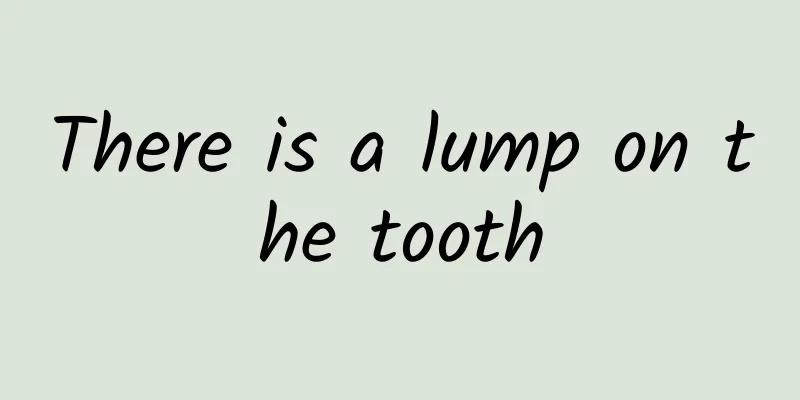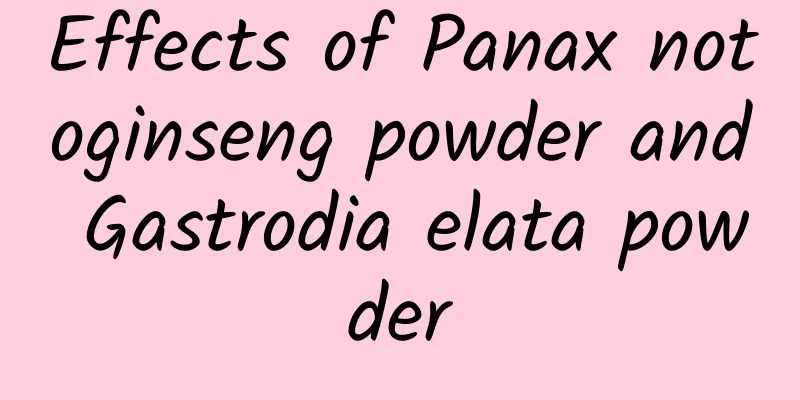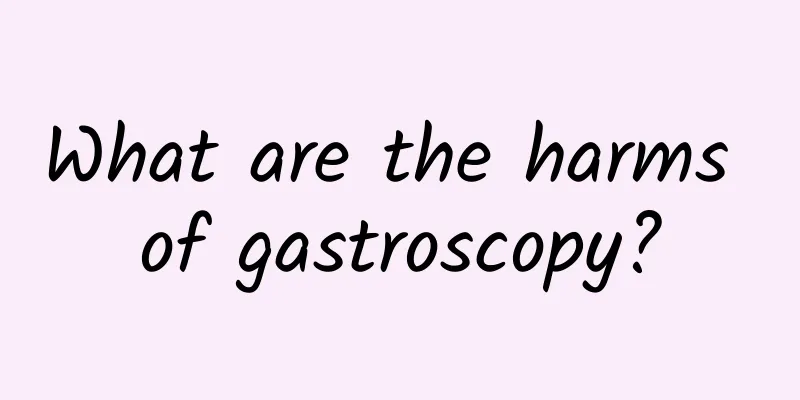What are the effects of scopolamine and what diseases is it suitable for?

|
Scopolamine is a common Western medicine that can be used in many clinical situations. It is mainly used for shock caused by poisoning, infectious inflammation, and various complications caused by poisoning. It has high value in promoting blood vessel recovery and treating various vascular problems. It can also relieve dizziness and treat deafness. Because it is a Western medicine, it will produce some side effects, and people with certain physical conditions should not use it indiscriminately. It should be judged according to different physical conditions, and the dosage and usage should be understood in detail before use. Function It is an anticholine drug that blocks M choline receptors and has an effect similar to or slightly weaker than atropine. The effects and uses of 654-1 and 654-2 are basically the same, but the latter has slightly greater side effects. Both can significantly relax smooth muscles and relieve vascular spasms (especially microvasculature), and have analgesic effects, but their effects on dilating pupils and inhibiting gland secretion (such as salivary glands) are weak, and they rarely cause central excitement symptoms. It is poorly absorbed orally and is rapidly excreted in the urine after injection. Applicable diseases Anisodine ① Infectious toxic shock: such as fulminant epidemic meningitis, toxic dysentery, etc. (need to be used in combination with antibacterial drugs). ② Vascular diseases: cerebral thrombosis, cerebral embolism, paralysis, cerebral vasospasm, vascular neurosis headache, thromboangiitis obliterans, etc. ③ Various neuralgia: such as trigeminal neuralgia, sciatica, etc. ④ Smooth muscle spasm: gastric and duodenal ulcers, bile duct spasm, etc. ⑤Vertigo. ⑥ Fundus diseases: central retinitis, retinitis pigmentosa, retinal artery thrombosis, etc. ⑦Sudden deafness: It can be used in combination with new acupuncture therapy to treat other types of deafness (small-dose acupuncture injection). Dosage Intramuscular or intravenous injection, the general dose for adults is 5-10 mg, 1-2 times a day. It can also be diluted and then dripped intravenously. (1) Rescue of infectious toxic shock: the dosage is determined according to the condition. Adults: 10 to 40 mg per intravenous injection. For children, the dose is 0.3 to 2 mg/kg. The dose can be repeated every 10 to 30 minutes if necessary. The dose can be increased if the condition does not improve. As the condition improves, the interval should be gradually extended until the medication is stopped. (2) Treatment of cerebral thrombosis: Add to 5% glucose solution and drip intravenously, 30-40 mg per day. (3) General chronic diseases: 5-10 mg each time, injected intramuscularly, 1-2 times a day, can be used continuously for more than 1 month. (4) Treatment of severe trigeminal neuralgia: Sometimes it is necessary to increase the dose to 5-20 mg per time, intramuscularly. (5) Treatment of thromboangiitis obliterans: 10-15 mg intravenously, once a day. Oral administration: 3 times a day, 5-10 mg each time. For topical use on skin or mucous membranes, non-irritating. |
<<: What effect does Mommy Love have on babies?
>>: What are the functions of silver fiber?
Recommend
What's wrong with headache and sweat on forehead?
Many people often experience sweating on their fo...
Why is there blood in the ear?
There are many reasons for ear bleeding. The most...
How to have body odor in one step?
It is said that women with body odor are very att...
What causes premature ejaculation due to spleen deficiency? What is premature ejaculation?
The psychological factors of premature ejaculatio...
What to do if the mouth corners are covered with bubbles?
People with blisters at the corners of their mout...
What to do if you are afraid of not being able to sleep at night?
In real life, most people are prone to feeling af...
Acute rheumatic fever
Rheumatic fever is a common acute and chronic inf...
What medicine is best for constipation?
Constipation is a very annoying thing in our live...
What does Ku Zhai Po cook to remove dampness?
Kuzhaipo, also known as Kuzhaicai, grows in the s...
Symptoms of sleep disorders in the elderly
Sleep is very important, no matter whether you ar...
Does pressing the instep hurt the foot?
For ballet dancers or some competitive athletes, ...
The efficacy of drinking water with Huangjing and Huangqi
Polygonatum sibiricum is a medicinal herb that is...
How to prevent superficial gastritis
Superficial gastritis is a very common gastrointe...
Peeling heels
I am personally more concerned about what is heel...
The best treatment for erysipelas is quick and effective depending on the symptoms!
Erysipelas is a relatively common acute inflammat...









